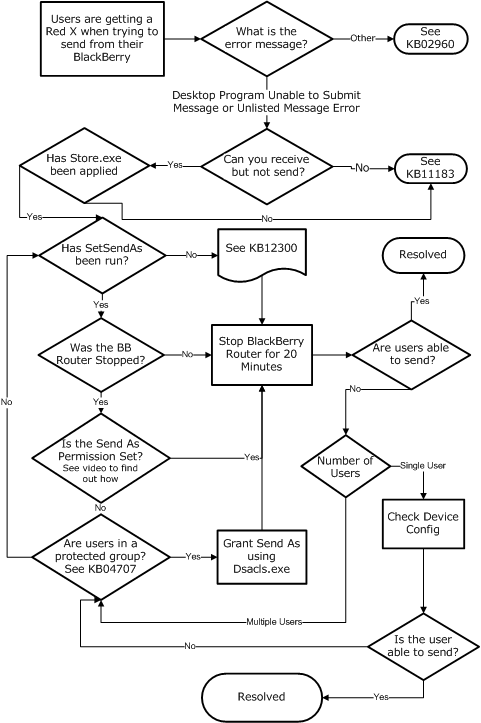Address Book
Stores the contents of the Address Book.
Address Book Options
Stores Address Book settings.
Alarm Options
Stores the settings for the Alarm program.
Attachment Data
Stores attachments that have been viewed on the smartphone.
Attachment Options
Stores user-defined settings for the Attachment Viewer.
AutoText
Contains the dictionary for automatic substitution of commonly misspelled words while you type. For example, adn > and.
Browser Bookmarks
Contains the bookmarks for web pages in the Browser application.
Browser Channels
Lists the channels the Browser is subscribed to. For example, weather updates.
Browser Data Cache
Holds cached data from the Browser.
Browser Folders
Allows sorting bookmarks into various folders.
Browser Options
Contains Browser setting information.
Browser Push Options
Contains push content settings for the BlackBerry Browser.
Browser URLs
Contains a list of the URLs that have been typed into the Browser on the smartphone.
Calendar
Stores the contents of the Calendar.
Calendar Options
Stores Calendar settings.
Categories
Allows you to sort various Addresses, Appointments, Tasks and Memos by category.
Content Store
Contains pictures and other media content stored on the smartphone.
CustomWordsCollection
Stores the custom word list on the 7100 series smartphones.
Default Service Selector
Defines the default message service.
Email Filters
Holds the settings for filters applied to incoming messages to the smartphone.
Email Settings
Defines the way messages are sent and received on the smartphone.
Firewall Options
Enables or disables the firewall.
Folder Id
Determines which folder a message is filed to.
Folders
Lists the user-created folders in the Inbox.
Handheld Agent
Contains diagnostic information about the smartphone.
Handheld Key Store
Securely stores encryption keys for encrypted communication and signing.
Key Store Options
Configures options for the Handheld Key Store
MemoPad Options
Stores MemoPad settings.
Memos
Contains the memos stored on the smartphone.
Message List Options
Defines the way Messages are displayed in the Messages application.
Messages
Contains all the messages on the smartphone.
Options
Stores miscellaneous configuration options.
Phone Call Logs
Logs phone calls made to and from the smartphone.
Phone Hotlist
Stores the list of phone numbers on the smartphone.
Phone Options
Stores Phone settings
Policy
Stores the IT Policy for the smartphone.
Profiles
Contains the various smartphone alerts. For example, a vibration for a new calendar appointment, or a tone when a new message arrives.
Profiles Options
Selects the current profile for smartphone alerts.
Purged Messages
Contains a reference for messages deleted from the smartphone.
Quick Contacts
Stores telephone numbers in the Speed Dial list.
Random Pool
Stores numbers to securely generate random numbers for encryption.
Recipient Cache
Contains encryption profiles for the people you communicate with.
Ribbon Bar Positions
Sets the sequence of icons for the home screen of the smartphone.
RMS Databases
Stores information about registered applications.
Service Book
Stores all the service books that allow the smartphone to access various services.
SMS Messages
Contains Short Message System (SMS) messages sent to and from the smartphone.
Tasks
Lists the Task items on the smartphone.
TLS Options
Configures Transport Layer Security settings.
Trusted Key Store
Contains the Trusted Keys for the smartphone.
WAP Push Messages
Contains information from Wireless Application Protocol (WAP) push services.
WTLS Options
Contains settings for Wireless Transport Layer Security.

